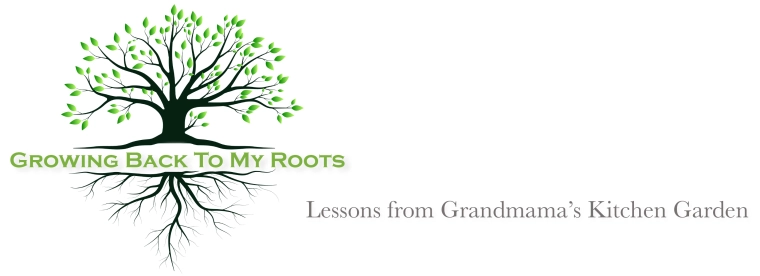
Growing Back To My Roots
Lessons from Grandmama's Kitchen Garden
Happy New Year!! It’s time to start thinking about our spring and summer gardens and start planning. I’m a stickler for having a plan. I will always plant something new that wasn’t part of my gardening plan; however, I plan around those to ensure I have my regular items every year. I know some of you garden year ‘round. My garden is in the Pacific Northwest, zone 8a, maritime climate, which means we have wet winters with the average day time temps at around 48ºF. I understand that these temps are considered mild for winter, but I’m a San Diegan living in Seattle. Also, I think it’s important to let the soil rest. Though I’m not interested in winter gardening, I often put on my big faux fur robe and look at what I have overwintering.

However, just because I’m not trying to garden doesn’t mean I’m not starting to get excited about my spring vegetable garden. Spring gardens begin in January. So what better way to help me get through the dark gray days of winter than to plan what I’m going to grow this year.
Review What Worked Last Year
When you start planning about your growing season and your spring and summer vegetable garden, look at what worked in previous seasons and what didn’t work. This is why every serious gardener I know recommends keeping a gardening journal. I’m relying on memory, which has not served me the best. You want to consider which plants you had success with and plan to repeat those measures. Also, consider what didn’t work and use that as an example of what not to do this year.
Last year, I grew a variety of Italian heirloom green pole beans that I was not familiar with. These beans took over the raised bed they were in with vines over nine feet tall, which means they fell over the little 5ft poles I had them on. It was crazy. This plant just kept giving and giving. Ohmigawd! These beans were so yummy. So, I kept some seeds from the plant and planned to grow them this year in its own garden area attached to 8ft poles. Maybe I’ll wine barrel them?
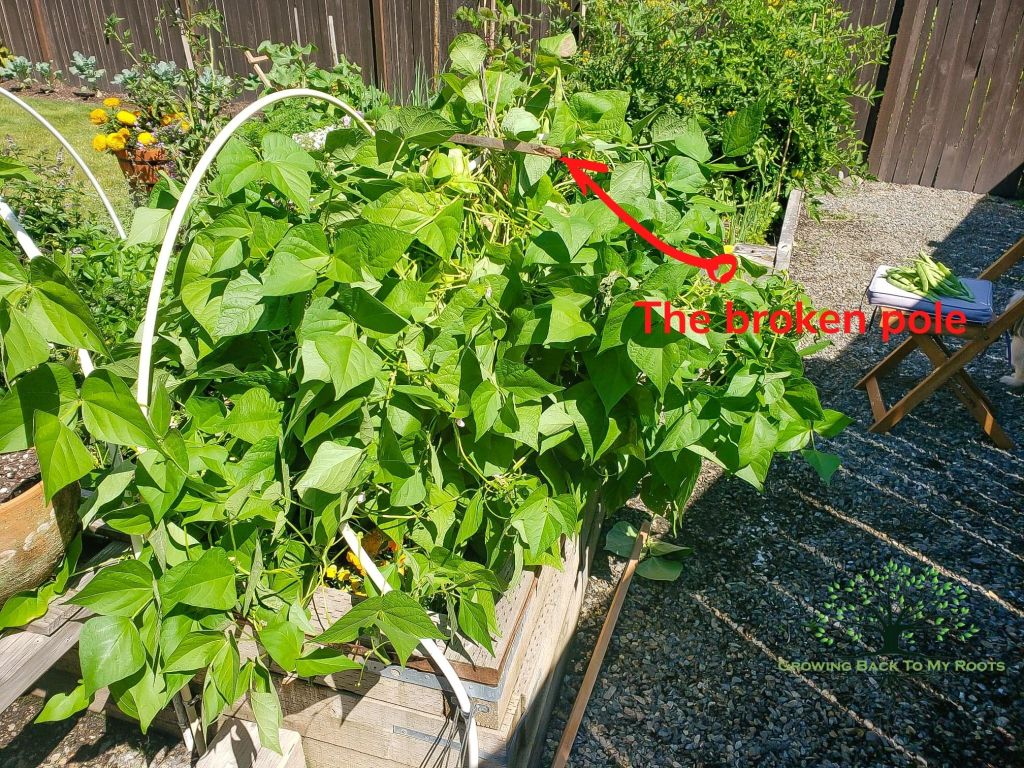
Also, for the past three years, I’ve grown way too many tomatoes. I’m a little backyard kitchen gardener, and I have had at least 18 tomato plants every year, in addition to everything else I’m growing. It’s ridiculous. My neighbors and the food bank love it, but it is a lot of work as well. So, this year, I’ve decided that I’m going to limit myself to no more than 10. And, really, I think I can do it – four to six San Marzano, two cherry tomato varieties, two mushroom baskets, and a dark heirloom. I got this.
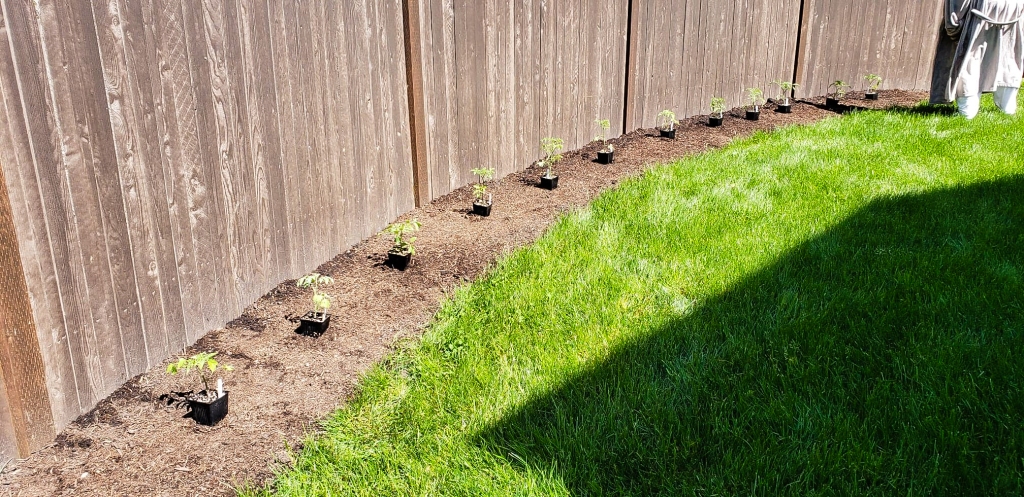
Decide on Seeds, Transplants, or Both
I use a combination of seeds and transplants. We do not have a long summer growing season. Therefore, some plants need to be started indoors so that they’re big and robust enough to be planted outdoors at just the right time. I must admit, my experience with beginning veggie plants indoors has been so-so. But, I have had some huge successes. The hardier the plant, the luckier I’ve been. I grow almost all of my herbs, including cannabis, from seed. And, I grow my beans, peas, carrots, onions, and garlic from seed. However, I have killed plenty of tomato, cucumber, and pepper seedlings. Yet, I will not be deterred. I’m going to try again this season, starting my tomatoes and peppers indoors. I’ll let you know how it goes.
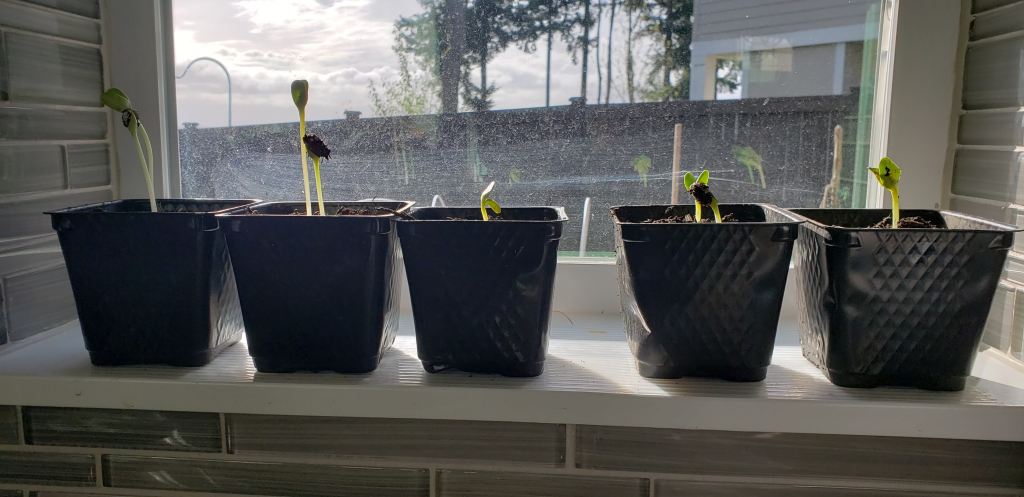
If you choose to use seeds, then start ordering your seeds right now, especially your onion sets and potato starts. When growing from seed, you’ll want to keep an eye on the temperature and the average frost date for your region and plan accordingly. For my area, the average last frost date is April 6. When the seed packet says, plant 4 to 6 weeks before transplanting, it means plant your seeds 4 – 6 weeks before you’ll put them outside in the soil. If the packet says, sow outside 1 to 2 weeks after your average last frost date, it will put me transplanting in late April the plants from the seeds I started in late February. However, I also know that it can still dip into the low 40s all the way through early May, so I will plan accordingly. Tomatoes don’t like to be cold. My rule of thumb is I transplant outside when the evening temperatures reach 50 degrees, and I will adjust my planting calendar accordingly.
Oh, yeah! Please don’t forget about the flowers! Every year, at the first crack of spring, I recommend planting flowers. Again, I use a combination of seeds and transplants. I highly recommend planting transplants at the very start of spring. Attracting bees early on aids in pollination, and as we progress through the summer, the flowers will attract Monarch butterflies, who are also pollinators. I plant a variety of tulips around the grounds, along with Cosmos. And, in my raised garden beds, I plant Marigolds and Bacopas.
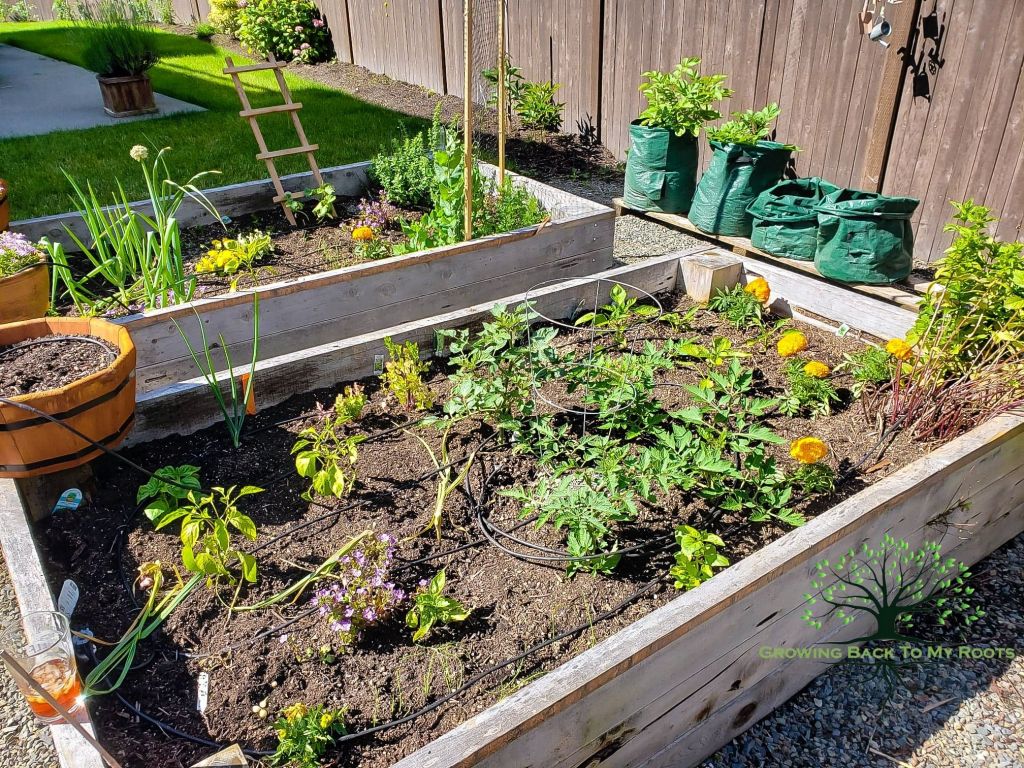
Build Your Spring Planting Plan
Once you’ve decided what you’re going to grow, it’s time to create your planting calendar. This year will be in my sixth gardening season. When I was a super newbie (I’m still a newbie), I used the Farmer’s Almanac to plan my garden. They have an excellent tool. You put in your location, and it will create a planting calendar, providing you with the best dates to start your seeds indoors and when to transplant the seedlings, or when to plant seeds outdoors. You can use this tool to get started and then add what’s missing using your average frost dates and seed or transplant information to finish it out.

I start each plan by looking at my space. And deciding what I want to plant where. Based on growing guidelines for each plant, you’ll be able to determine how many of each vegetable you can plant in each of your spaces. And, please, do not crowd your plants! It will hinder growth and fruit production.
I’ve made this garden plan pretty for you; mine isn’t so pretty. Mine typically involves post-it notes on my refrigerator of planting dates. However, the point is, there is a plan; a reminder to plant seeds and when to sow outside. My dates are based on the frost dates for my area and the phases of the moon. You can see by getting a jump on planning that I must decide soon if I’m going to trying and grow bell peppers from seed. What say you? Should I give it another try?
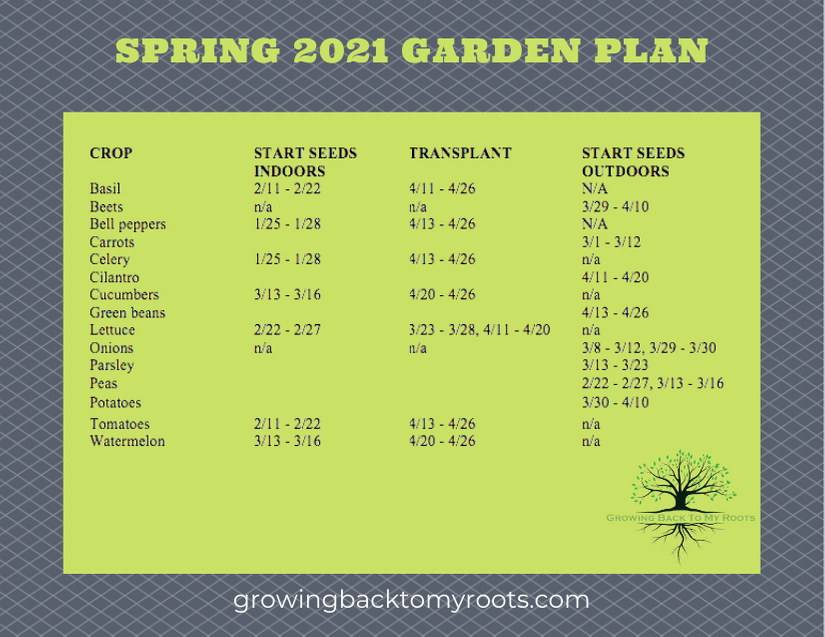
Planning your spring and summer garden is a crucial part of having a successful gardening season. How do you do your vegetable garden planning? Do you wing it or have a solid plan or something in-between? What do you plan to grow this year?
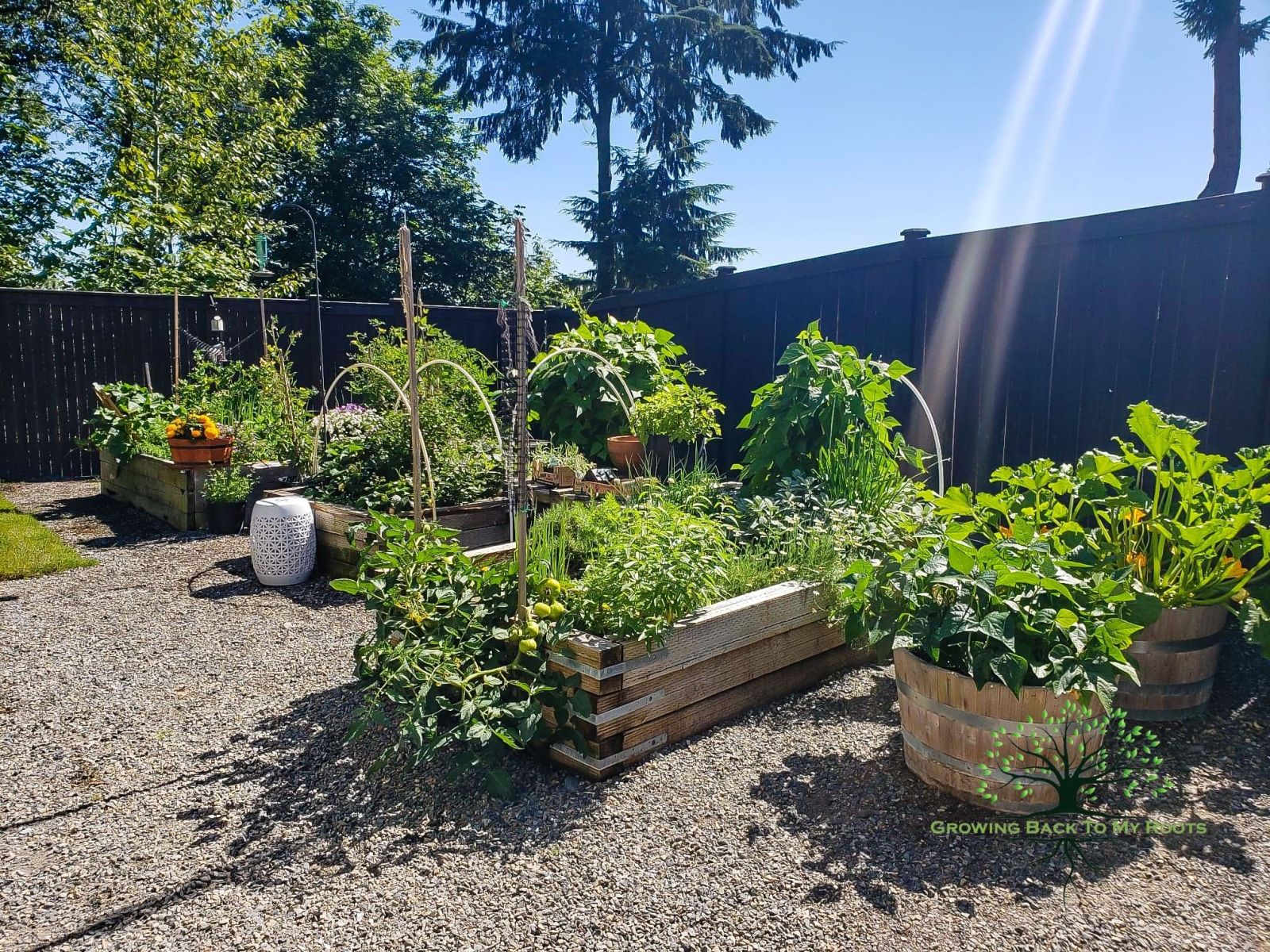
Very useful, especially in the lockdown! Thank you…
LikeLike
I lived in Seattle 40 years ago. Great place for natural watering of your garden (good idea to set up raised gardens as your pictures illustrate), though, yes, you have a short growing season. Great ideas you suggest. We now live in the Appalachian Mountains of West Virginia — little different climate, but lots of land to grow on (and even space to raise goats, ducks, and chickens all suburb fertilizer-makers for our gardens and compost pile). Our seed catalogues are stacked and ready for post-holiday viewing. I just put in an order for a variety of meadow flowers for a section that I am working on for wildlife habitat and soil stabilization. – Oscar
P.S. I lived on Queen Anne hill for a year, off the west slope of Capitol hill for a while – was an interesting community in which I even saw a neighbor butcher a hog in the back yard one weekend, and then up on Capitol Hill for a year — from this summer’s events up there, the neighborhood has not changed much.
LikeLike
Like you, I’m a planner. Envy that your growing season begins soon. That’s a terrific, jam-packed productive space you’ve created, and yet so attractive. Best of luck in this new growing season.
LikeLike
Thank you Carolee for stopping by and your well wishes. That space is four 4×8 raised beds, with two wine barrels, and several containers. Once the season starts, I may have a plan, but I always end up growing something new, just because. I take it you’re someplace colder than Seattle. Well…I wish you the best this garden season and I hope you get to get started soon.
LikeLike
Yes Carolee, now I see. You’re still knee deep in snow. OK. Now, I don’t feel so bad about my situation. Here’s to spring coming soon.
LikeLike
Very informative with good links.
LikeLike